Living in earthquake country isn’t for the faint of heart, where the ground could roll beneath your feet, and everything you’ve worked for could come crashing down in minutes. Earthquakes don’t play by the rules – they strike without warning and can turn your world upside down in an instant. But with the right preparations, you can dramatically increase your chances of not just surviving, but coming out on top.
Secure Your Water Supply
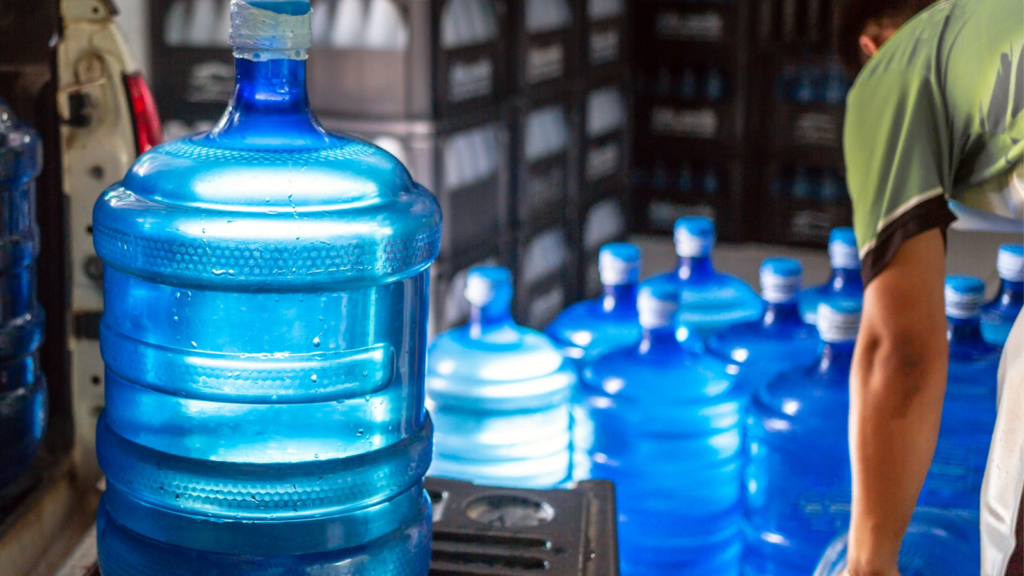
Water is life, especially after a quake. Store at least one gallon per person per day for two weeks. Use food-grade containers and rotate every six months. I keep mine in a cool, dark place and add a drop of bleach per gallon for extra safety. Remember, your water heater holds 30-50 gallons of potable water – know how to access it safely. Consider investing in a quality water filter capable of removing bacteria and protozoa, like the LifeStraw Family, which can clean up to 18,000 liters without electricity or replacement parts.
Bolt Down Your House
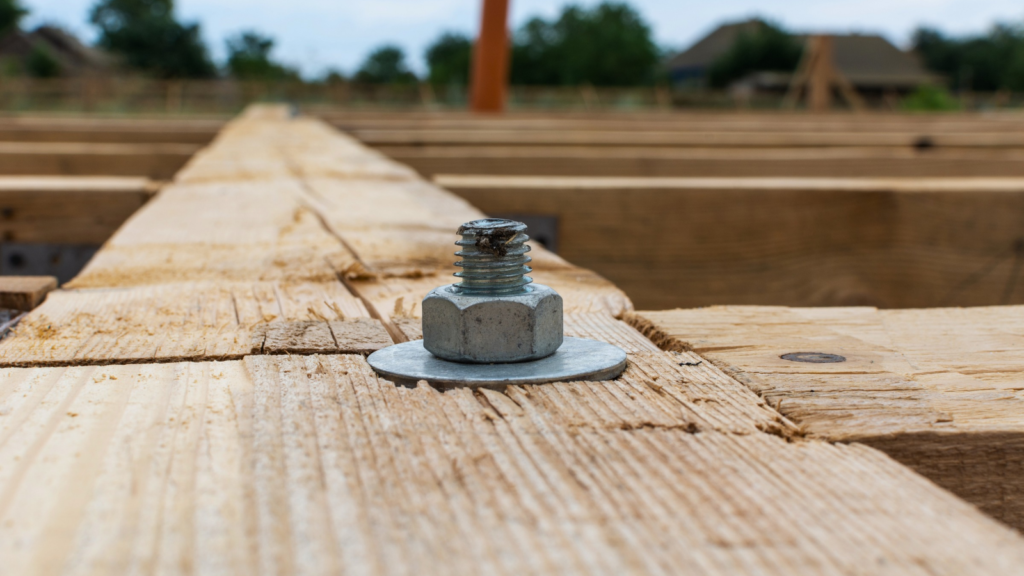
If your home isn’t bolted to its foundation, you’re asking for trouble. Hire a professional or DIY with a drill, anchor bolts, and steel plates. It costs about $3,000 to bolt down an average home, but it can prevent catastrophic damage. I’ve seen unbolted homes slide right off their foundations in moderate quakes. For older homes, consider adding cripple wall bracing, which can significantly increase your home’s resistance to earthquake forces.
Create a Home Hazard Hunt
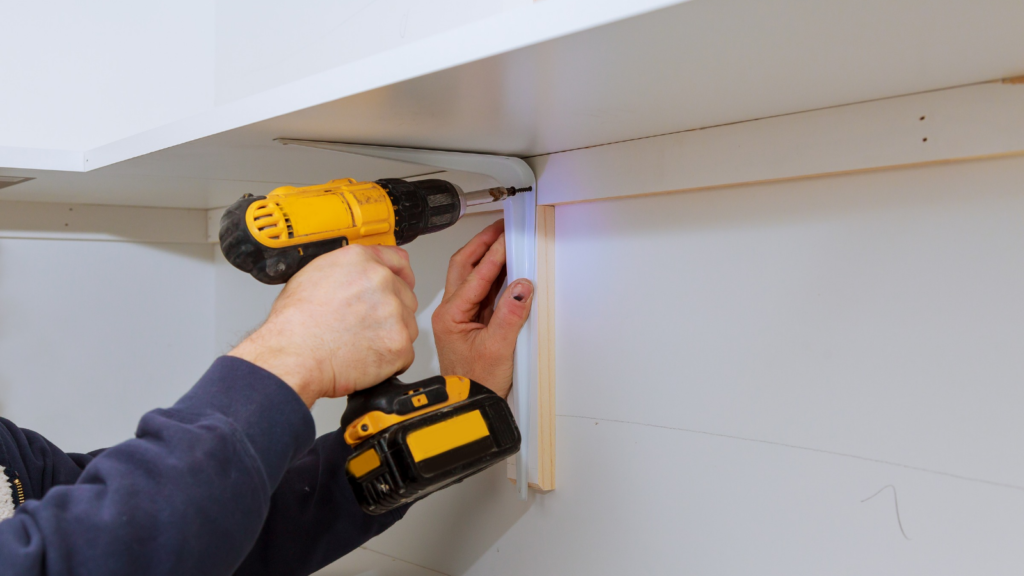
Walk through your home and secure anything that could fall during a quake. Bolt bookcases to wall studs, use earthquake putty for knick-knacks, and move heavy objects to lower shelves. Pay special attention to your bedroom – most quake injuries happen from falling objects while people sleep. I once had a friend nearly crushed by an unsecured wardrobe during a night quake. Don’t forget to secure items in your garage and outdoor spaces – falling tools or garden equipment can be just as dangerous as indoor hazards.
Build an Earthquake Kit
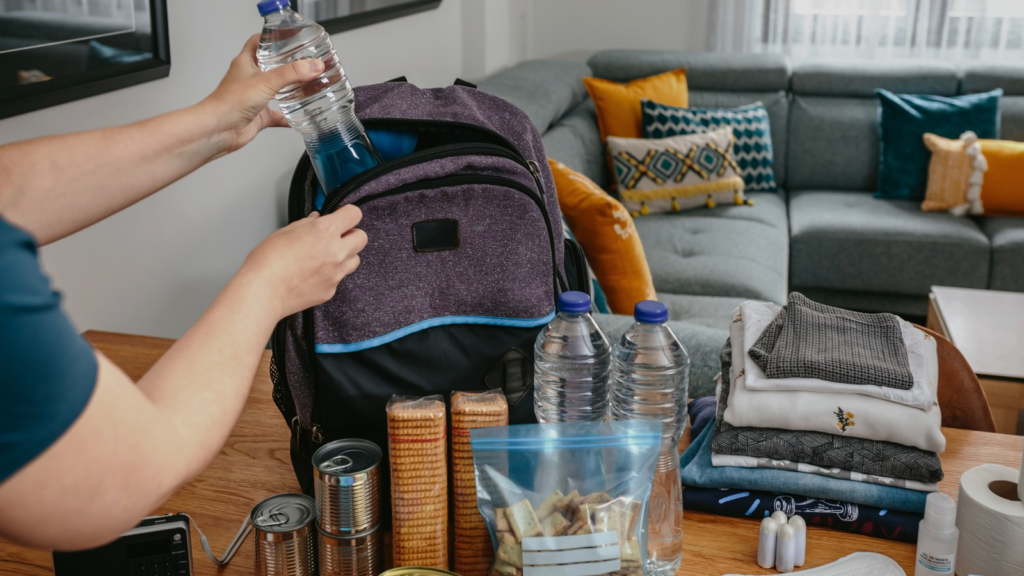
Assemble a kit with enough supplies to last two weeks. Include non-perishable food, water, first-aid supplies, medications, cash, and important documents. Don’t forget a hand-crank radio, flashlights, and extra batteries. I keep mine in a waterproof container near my exit, ready to grab at a moment’s notice. Include comfort items like books or games – maintaining morale is crucial in extended emergencies.
Practice Drop, Cover, and Hold On
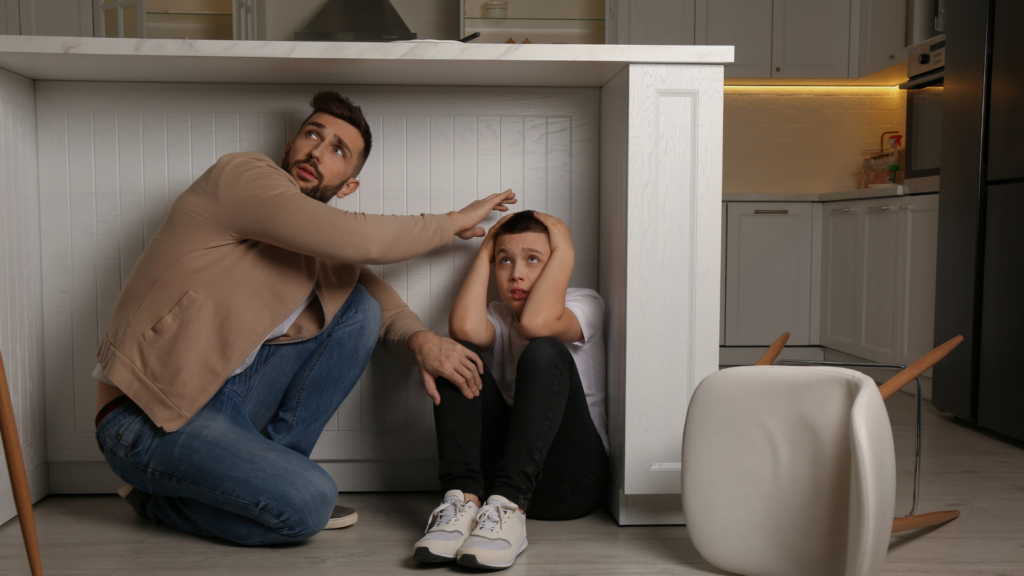
When the shaking starts, you need to react instantly. Drop to the ground, take cover under a sturdy desk or table, and hold on until the shaking stops. Practice this drill regularly with your family. In my experience, muscle memory can save lives when panic sets in. If you’re in bed during an earthquake, stay there and protect your head with a pillow – most injuries occur when people try to move during the shaking.
Identify Safe Spots in Each Room

Know the safest places in each room of your house. Look for sturdy tables, desks, or against interior walls away from windows. Avoid areas near heavy furniture that could topple. I’ve marked safe spots in each room with bright tape – it’s a visual reminder for my family and guests. Remember, doorways are no longer considered safe spots in modern homes – this is an outdated myth from adobe-style structures.
Learn to Shut Off Utilities
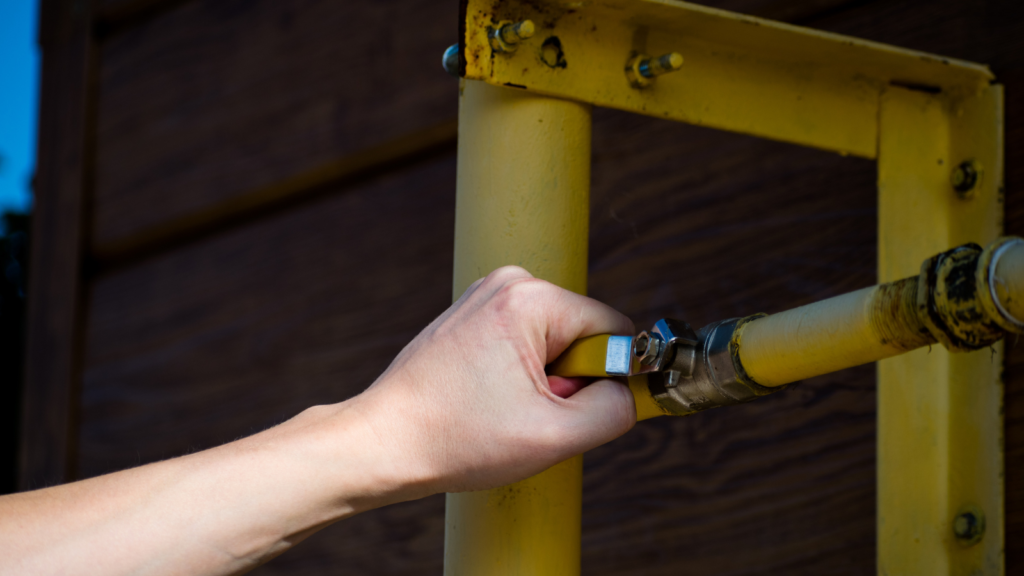
Know how to turn off your gas, electricity, and water. Keep the necessary tools (like a wrench for the gas) tied near the shut-off valves. Practice in the dark – you might need to do it when visibility is low. I once prevented a gas leak after a quake by knowing exactly where my shut-off valve was located. Consider installing an automatic gas shut-off valve that activates during strong shaking – it can prevent fires when you’re not home or unable to reach the valve.
Reinforce Your Chimney
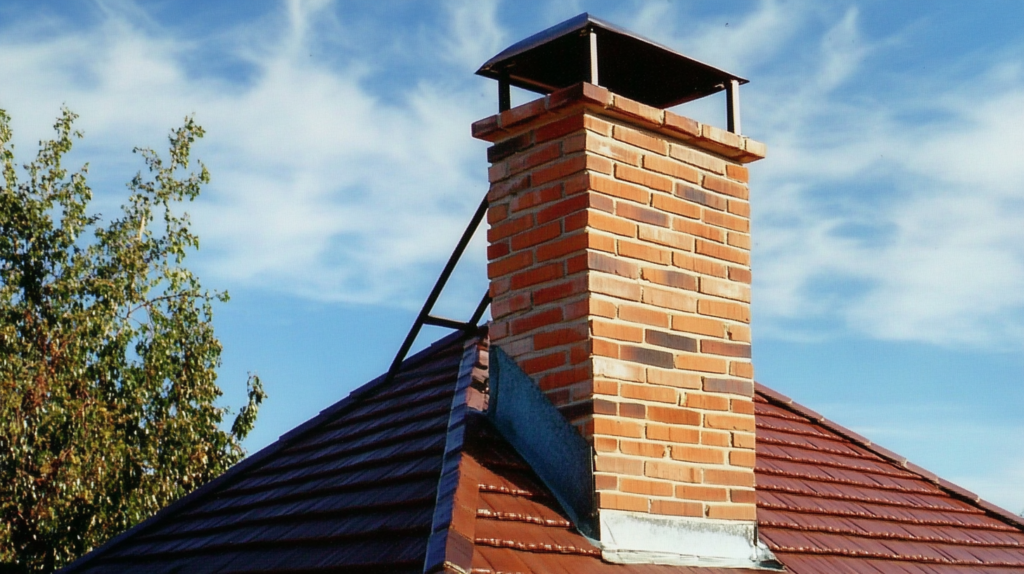
Unreinforced masonry chimneys are a major hazard during quakes. Consider removing them or reinforcing with steel braces. If that’s not possible, clear the area around the chimney and don’t sleep near it. I’ve seen entire chimneys collapse through roofs during moderate quakes – it’s not worth the risk. If you decide to keep your chimney, have it inspected regularly and consider adding a chimney cap to prevent bricks from falling into your home.
Secure Your Hot Water Heater
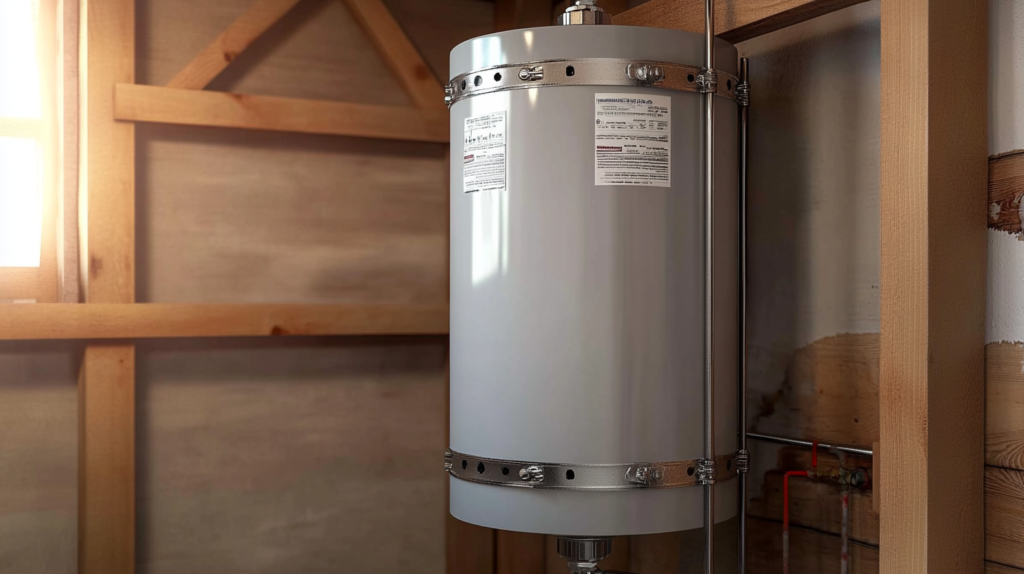
Strap your water heater to the wall studs using heavy-duty metal straps. This prevents it from toppling, which can cause fires and water damage. It also preserves a valuable water source for after the quake. I use a minimum of two straps – one on the top third and one on the bottom third of the tank. Don’t forget to secure the gas line with a flexible connector to prevent ruptures during shaking.
Create a Communication Plan
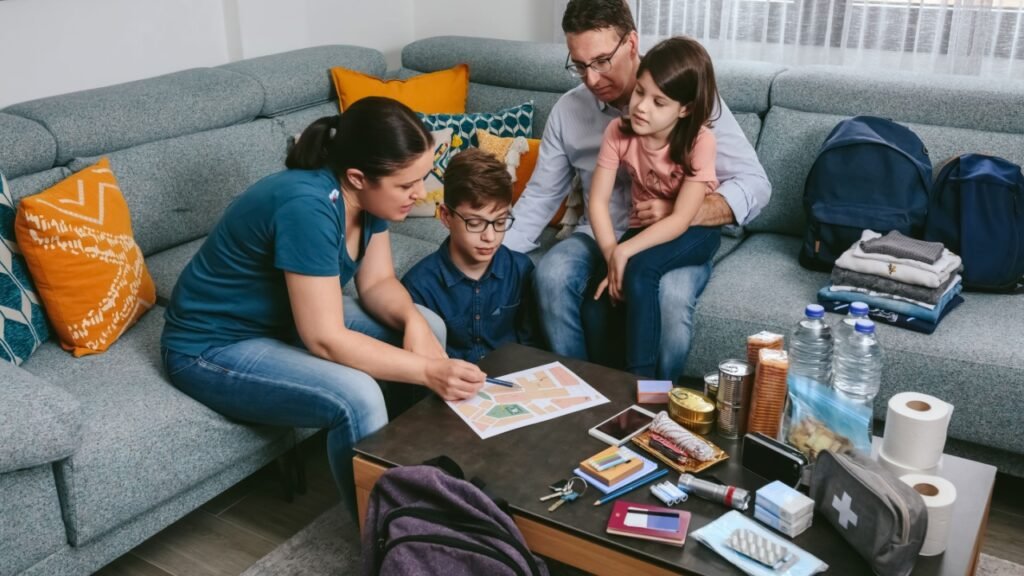
Establish an out-of-area contact for your family. Local lines may be jammed, but long-distance often works. Agree on a meeting place if you’re separated. Practice sending text messages – they often get through when calls fail. My family has a group text set up specifically for emergencies. Consider getting a satellite phone or messaging device for extreme situations where cellular networks might be down for extended periods.
Learn First Aid and CPR
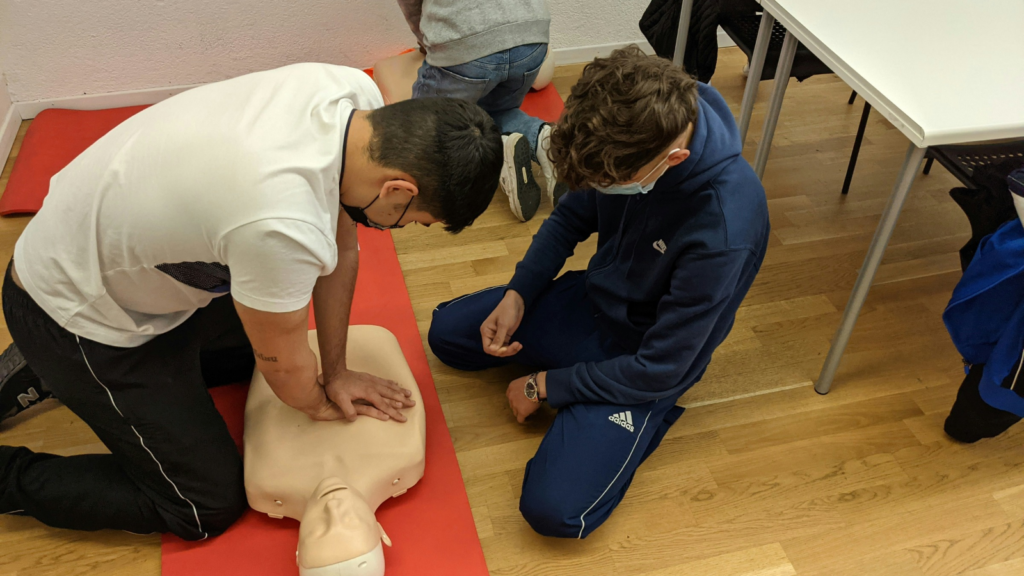
In a major quake, emergency services may be overwhelmed. Basic first aid and CPR skills can save lives. Take a class or at least study up on the basics. I keep a comprehensive first aid manual with my earthquake kit, just in case. Learn how to treat crush injuries and how to recognize the signs of internal bleeding – these are common in earthquake scenarios.
Secure Your Financial Safety Net
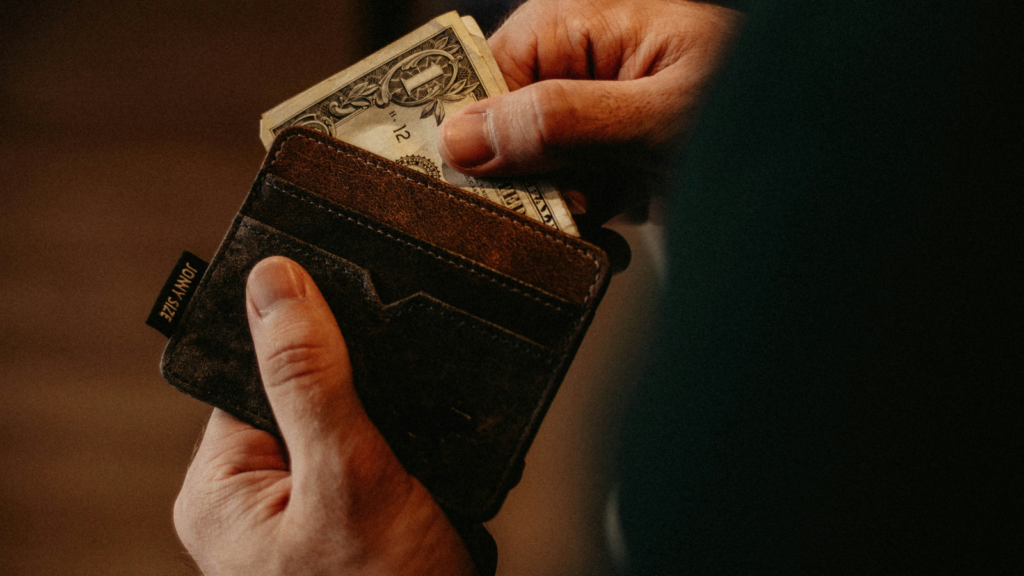
Keep some cash on hand – ATMs may not work after a quake. Have important documents (IDs, insurance policies, bank records) in a waterproof, portable container. Consider earthquake insurance if you’re in a high-risk area. I keep digital copies of all important documents on an encrypted USB drive in my go-bag. Make sure to update your home inventory annually with photos and descriptions – this will be invaluable for insurance claims after a disaster.
Strengthen Your Garage
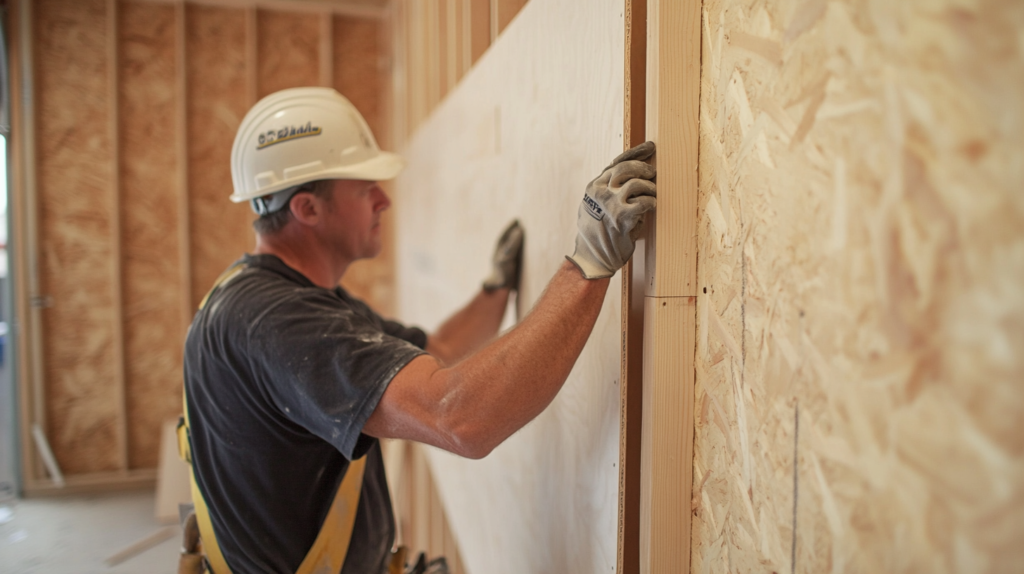
Garages are often the weakest part of a home during a quake. Reinforce the garage door and the connection between the garage and the house. If you have living space above the garage, make sure it’s properly supported. I’ve added extra studs and plywood sheathing to my garage walls for added strength. Consider installing a brace kit on your garage door – it can prevent the door from buckling and damaging your home or vehicles.
Secure Large Appliances

Use flexible gas lines for gas appliances and secure them to wall studs. Bolt down or strap other large appliances like refrigerators and washing machines. I use safety straps designed for this purpose – they’re inexpensive and easy to install. Don’t forget to secure your TV – falling televisions are a common source of injury during earthquakes.
Create a Safe Room

Designate one room in your house as a safe room. Reinforce it more heavily than others, stock it with extra supplies, and make sure everyone knows where it is. This is where you’ll gather if the quake is severe. My safe room is an interior bathroom with no windows and extra sturdy framing. Consider adding a reinforced door and stocking the room with a portable toilet and extra water purification supplies.
Plan for Your Pets
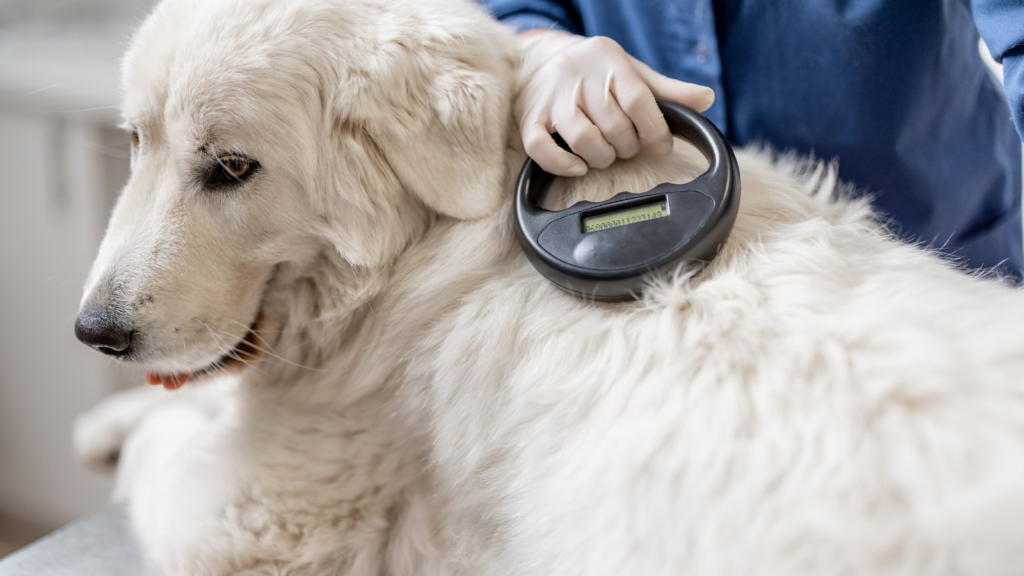
Don’t forget your furry friends. Have carriers ready, ID tags up to date, and extra food and water for them in your earthquake kit. Know which shelters or hotels accept pets in case of evacuation. I keep a current photo of each pet with my emergency documents in case we get separated. Consider microchipping your pets – it greatly increases the chances of reunion if you’re separated during an evacuation.
Secure Your Roof
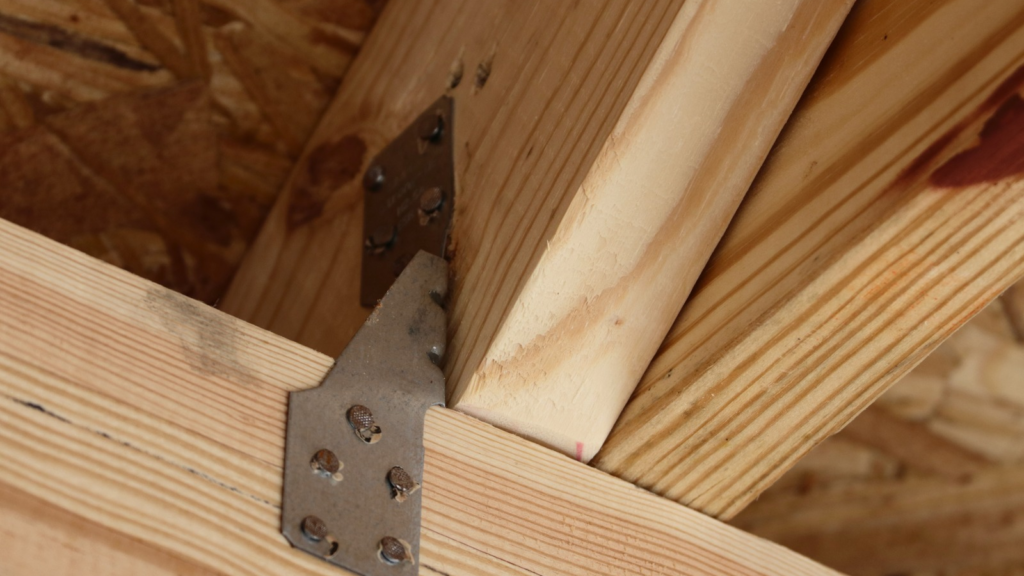
Check that your roof is properly attached to the walls of your house. Add extra clips or straps if needed. Make sure chimneys and vents are secure. After a nearby quake, I noticed several neighbors with partially collapsed roofs – mine stayed intact thanks to extra reinforcement. Consider installing hurricane clips or straps – they’re not just for hurricanes and can significantly improve your roof’s resistance to earthquake forces.
Practice Earthquake Drills

Run through earthquake scenarios with your family regularly. Practice your communication plan, using your earthquake kit, and evacuating if necessary. The more you practice, the more automatic your response will be in a real emergency. We do a full drill in my household every six months, treating it like the real thing. Include scenarios for when family members are in different locations – like work or school – to ensure everyone knows what to do.
Know Your Area’s Risks

Understand the specific earthquake risks in your area. Are you in a liquefaction zone? Near a fault line? On a hill prone to landslides? This knowledge should inform your preparations. I’ve studied geological maps of my area and adjusted my prep accordingly. Check with your local geological survey office – they often have detailed hazard maps that can help you understand your specific risks.
Prepare Your Yard
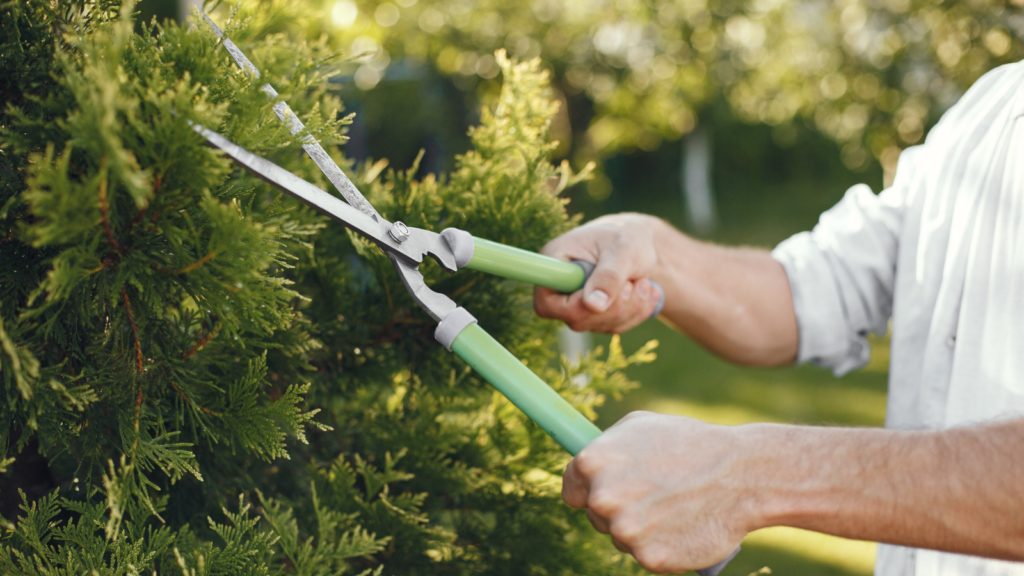
Secure anything in your yard that could become a projectile during a quake. This includes grills, patio furniture, and potted plants. Trim tree branches that could fall on your house. I use ground anchors for larger outdoor items and keep smaller ones in a secure shed. Consider the placement of large trees near your home – roots can shift during a quake and damage foundations or underground utilities.
Learn About Structural Reinforcement

Understand the weak points in your home’s structure. Consider adding shear walls, moment frames, or other reinforcements if needed. It’s an investment, but it could save your home in a big quake. I worked with a structural engineer to identify and reinforce the weak points in my 1950s home. Pay special attention to cripple walls, soft stories, and unreinforced masonry – these are common weak points in older homes.
Have a Backup Power Source

Consider a generator or solar panels with battery backup. After a quake, power could be out for days or weeks. Make sure you know how to use it safely – carbon monoxide from generators can be deadly. I have a small solar setup that can at least keep our phones charged and run a few lights. If you opt for a generator, make sure to store enough fuel safely and know how to properly maintain it – stale gas can damage the engine.
Create a Neighborhood Plan

Get to know your neighbors and create a community earthquake plan. Know who has special skills (medical, construction, etc.) or needs (elderly, disabled). A strong community can make recovery much easier. In my neighborhood, we have regular meetings to discuss and update our emergency plans. Consider setting up a neighborhood cache of emergency supplies – pooling resources can provide a more robust response to a major disaster.
Stay Informed
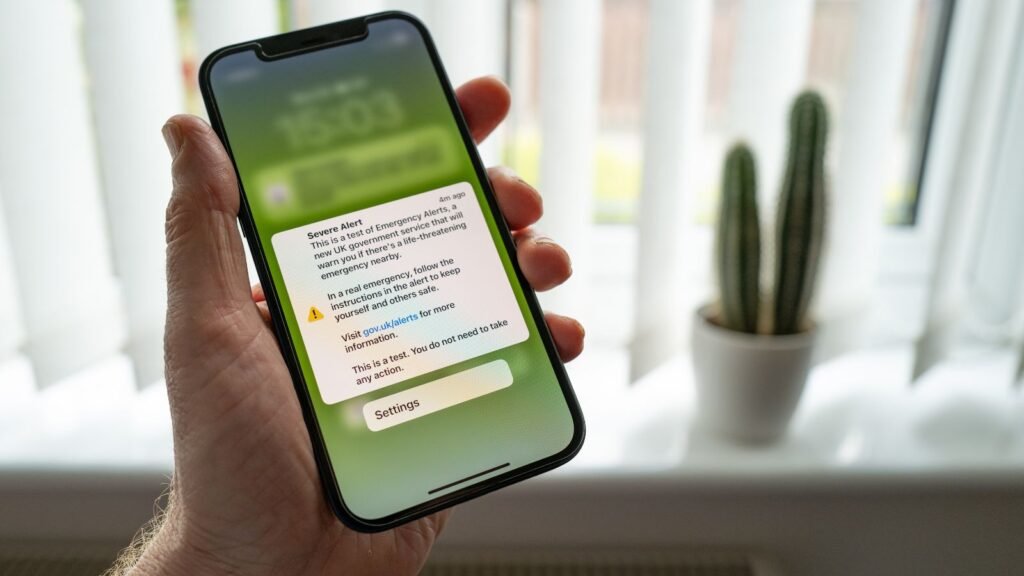
Keep up with the latest earthquake preparedness information. Subscribe to alerts from your local emergency management office. Know the warning signs of a potential quake in your area. I’ve set up earthquake alerts on my phone and regularly check USGS updates for my region. Familiarize yourself with the Modified Mercalli Intensity Scale – it can help you understand the potential impacts of different earthquake magnitudes in your area.

